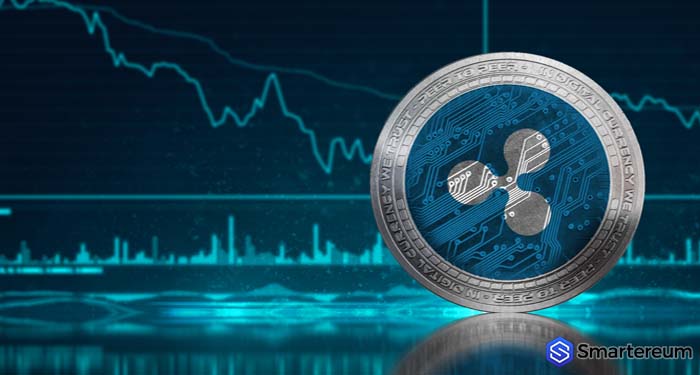


For anyone introduced into the notion of cryptocurrency market, instability (or volatility, in more professional language) is a synonym of it. Over the past 6 months, the market cap of the cryptocurrency space has been a “frightening” roller coaster ride from 100 to 800 billion dollars and anywhere in between.
Volatility and risk have been considered as the primary reasons why institutional and more conservative retail investors still avoid entering the cryptocurrency market, as the aforementioned crypto market characteristics are less attractive for their traditional investing behavior, which needs to be stable.
In an effort to fix this market inefficiency, institutions and developers have initiated issuing and operating cryptocurrencies pegged to the values outside of the cryptocurrency market-sphere. These coins are known to the wide pubic as stable coins.
Lately, stable coins have thrown on the table regarding to their use, credibility, and security. And what made them especially valuable is that they solved the main cryptocurrency flaw – volatility. It seemed this what the entire community have been looking for so long, unless there was something that concerned the society. We are talking about the recent scandals related to two projects – Tether and El Petro.
Tether is a stable coin pegged on an even ratio to the US Dollar. According to the research from University of Texas, Tether has been used to manipulate the Bitcoin price and, consequently, it is not to be trusted. The Bitfinex exchange was reported to purchase the stable coin and keep its price up. In fact, one report which closely examined prices of Bitcoin for a set of period of time, discovered that about 50% of the aggregate rise took place within two hours following a new delivery of Tethers to Bitfinex. It determined that up to 80% of Bitcoin current value might be derived from Tether-based price manipulation.
El Petro, on the other hand is the first cryptocurrency to be issued by a federal government, the Venezuelan one. El Petro is an oil-backed token issued as a form of legal tender able to be used to pay taxes, fees, and other public needs. El Petro will have three main facets:
- Means of exchange: it will be used to purchase goods and services, pay taxes, and other public services. Through digital exchange houses, El Petro can be traded for fiat currency and/r used as a payment method for country’s oil via direct exchange of PTR to real oil dispatch.
- Digital Platform: El Petro will feature a digital platform which will allow to issue and trade crypto assets backed up by raw minerals.
- Savings and investment facility: It will be traded via electronic exchanges with zero trading fees and having the characteristics to be traded using Atomic Swap technology, in a safe and legal environment.
El Petro came as a solution to the prolonged economic stagnation in Venezuela, combined with high inflation, expected to reach the 13,000% level in 2018 by the International Monetary Fund.
Although the El Petro solution sounds great, many experts express their disagreements. Steve Hanke, professor of Applied Economics at Johns Hopkins University and one of the world’s leading experts on hyperflexion declared:
“This is a smoke-and-mirrors operation typical of Venezuela – I’ll believe it when I see it…The problem with the petro is it’s a scam, it doesn’t even trade.”
Additionally, Venezuela’s own parliament says it is being illegally used to mortgage the country’s cash-strapped oil reserves.
Additionally, the well-known crypto rating site ICOindex.com, which rates Initial Coin Offerings (ICOs), has labeled already the El Petro token with “scam status.” Notably, as the site’s strategy is to evaluate the coins based on their white papers, it stated that while petro has promised to be backed up by oil resources, “the technology and mechanisms to do so are not adequately explained.”
The above mentioned facts conclude that the debate about stable coins will be continued until the time market volume will be adequate enough to absorb this type of inefficiencies. Mass adoption of cryptocurrencies is the key to face this issue. Many experts state that the coins backed by fiat money should be objective to the same regulations which work for the traditional economy. This refers to the process of the company registration, bank audit, and business operation.
As some startups show, the integration of digital money into the traditional finance system can be transparent, solid and reliable. For, example the Swiss project Alprockz has recently announced the issuance of the stable coin ROCKZ, which is backed by the the Swiss franc. Easing the exit conditions of the cryptocurrency market (i.e. excessive costs, risks, and difficulties), the company founders not just issue the coin, but are deploying the entire infrastructures with the banks, auditors, and partners, and are doing it all transparently.
Will a new trend fix its position on the market and will El Petro be rehabilitated? Are stable coins the key to mass adoption or another bubble? While the evidence is still little, there is significant evidence to suggest that primary stable coins have their own notable flaws. But what will definitely clarify the situation is a clear regulation policy and the support of real sector companies.









